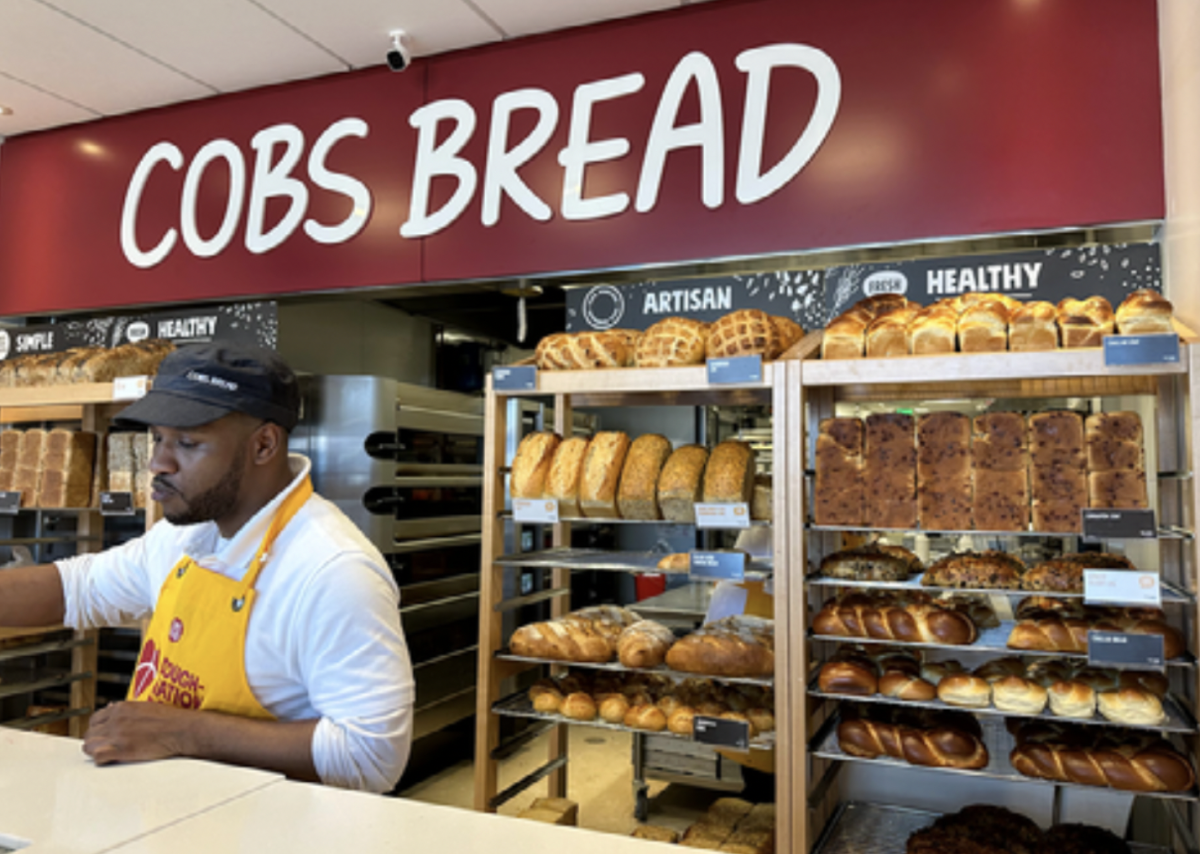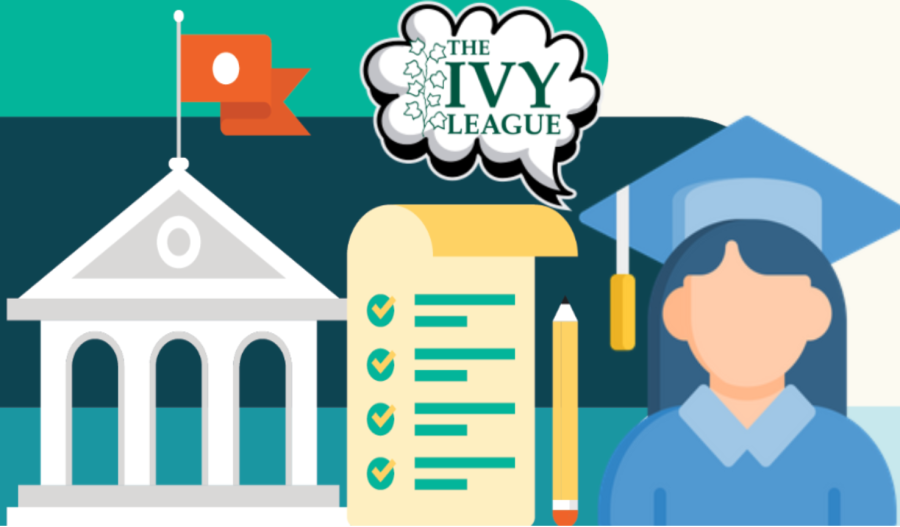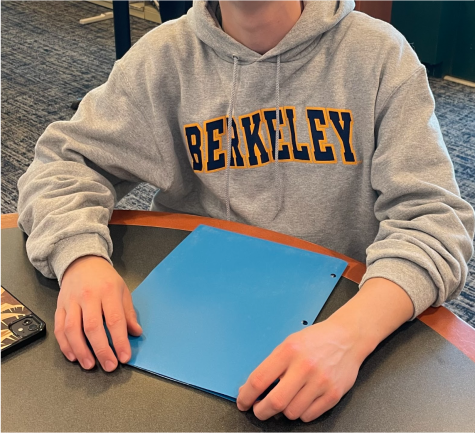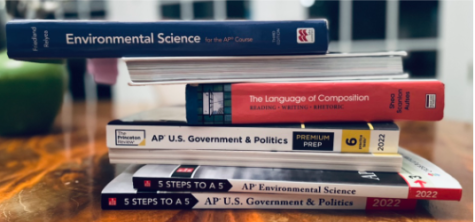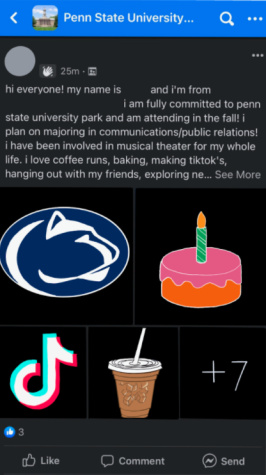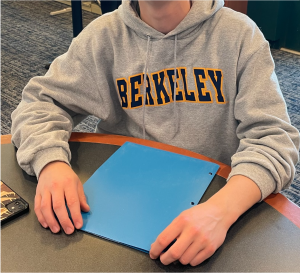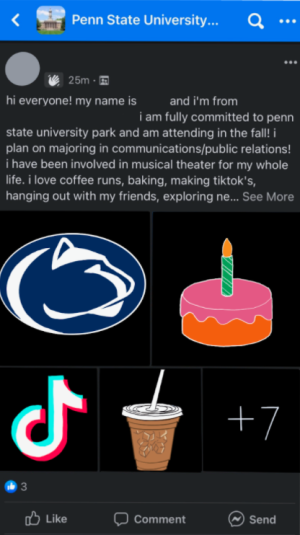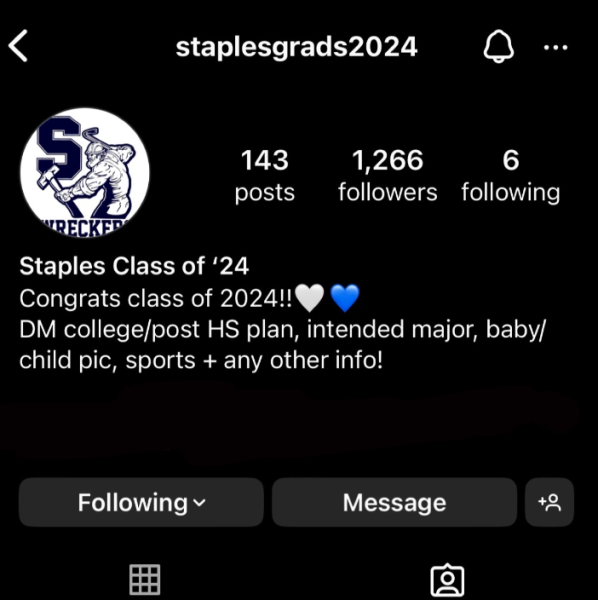Advice for juniors: The 25-50-25 rule is not a universal mantra
As upcoming juniors decide where they will apply to college, it’s important that they don’t rule out colleges just because they’re “unrealistic.”
Acceptance rates, rankings, location, cost and so on. By the time college application season approaches, these buzzwords infiltrate the everyday conversations of anxious high school juniors.
As high school upperclassmen try to to construct the perfect, bulletproof college list that fulfills all their personal desires, they often get the same advice: the 25-50-25 rule. That is, the applications should be divided as such — 25% safeties, 50% targets and 25% reaches.
Although these three categories can vary depending on each student’s financial and personal needs, most people’s reaches, targets and safeties depend on each school’s average admitted scores and acceptance rate. And while the 25-50-25 rule may hold some merit, I believe that it is meaningless if you actually want a shot at getting into at least one of your reaches.
Oftentimes, as students apply to colleges, we compartmentalize certain colleges into “oh I’ll 100% get in there” schools and “I don’t have a shot” schools. This tier list regularly decides which colleges students do and do not apply to, leaving many to only apply to the schools they believe — and those that their guidance counselor has told them — that they can get into.
And while the 25-50-25 rule may hold some merit, I believe that it is meaningless if you actually want a shot at getting into at least one of your reaches. — Jason Stein '22
However, with the college application process being electronified over the past two decades, the process has become more random by the year. According to Forbes, 6.06 million college applications were sent in the year 2021-22, a 22% increase from last year. And with the number of applications increasing, the correlation between applicants that deserve an acceptance based on their academic and extracurricular ability and receive one is becoming less and less linear.
Take myself as an example: I got waitlisted by George Washington University and American University, both schools with 40% acceptance rates, but was accepted into an Ivy League school with a 7% acceptance rate. Just because you get rejected from a target doesn’t mean that your reaches are no longer in the picture.
And I was nowhere from an academically perfect student — I had 2 Cs my junior year. But despite resistance from some of my family, I applied to 10 reaches out of my 18 colleges, and struck gold on two of them — Cornell and Northeastern.
So my advice? Apply to schools you would like to go to, even if they seem outlandish. And use your gut when constructing your list, even if it doesn’t follow the 25-50-25 rule.

Founder of the Chess club at Staples High School, Jason Stein ’22 was looking for an opportunity to integrate his two passions: chess and journalism....


































